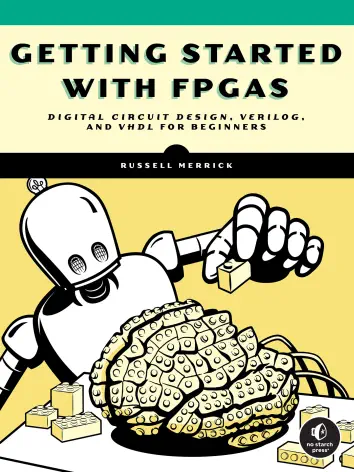The Hardware Hacking Handbook takes you deep inside embedded devices to show how different kinds of attacks work, then guides you through each hack on real hardware.
Embedded devices are chip-size microcomputers small enough to be included in the structure of the object they control, and they’re everywhere—in phones, cars, credit cards, laptops, medical equipment, even critical infrastructure. This means understanding their security is critical. The Hardware Hacking Handbook takes you deep inside different types of embedded systems, revealing the designs, components, security limits, and reverse-engineering challenges you need to know for executing effective hardware attacks.
Written with wit and infused with hands-on lab experiments, this handbook puts you in the role of an attacker interested in breaking security to do good. Starting with a crash course on the architecture of embedded devices, threat modeling, and attack trees, you’ll go on to explore hardware interfaces, ports and communication protocols, electrical signaling, tips for analyzing firmware images, and more. Along the way, you’ll use a home testing lab to perform fault-injection, side-channel (SCA), and simple and differential power analysis (SPA/DPA) attacks on a variety of real devices, such as a crypto wallet. The authors also share insights into real-life attacks on embedded systems, including Sony’s PlayStation 3, the Xbox 360, and Philips Hue lights, and provide an appendix of the equipment needed for your hardware hacking lab – like a multimeter and an oscilloscope – with options for every type of budget.
You’ll learn:
Whether you’re an industry engineer tasked with understanding these attacks, a student starting out in the field, or an electronics hobbyist curious about replicating existing work, The Hardware Hacking Handbook is an indispensable resource – one you’ll always want to have onhand.






Reviews
There are no reviews yet.